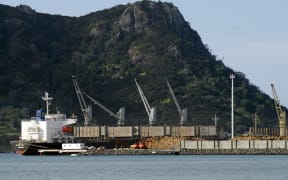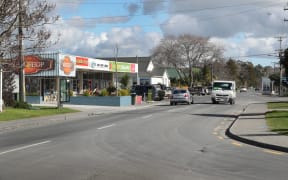Northlanders will this year pay out more than $3 million for the political leaders they have elected to helm Northland's $566 million-plus local government spending budget.
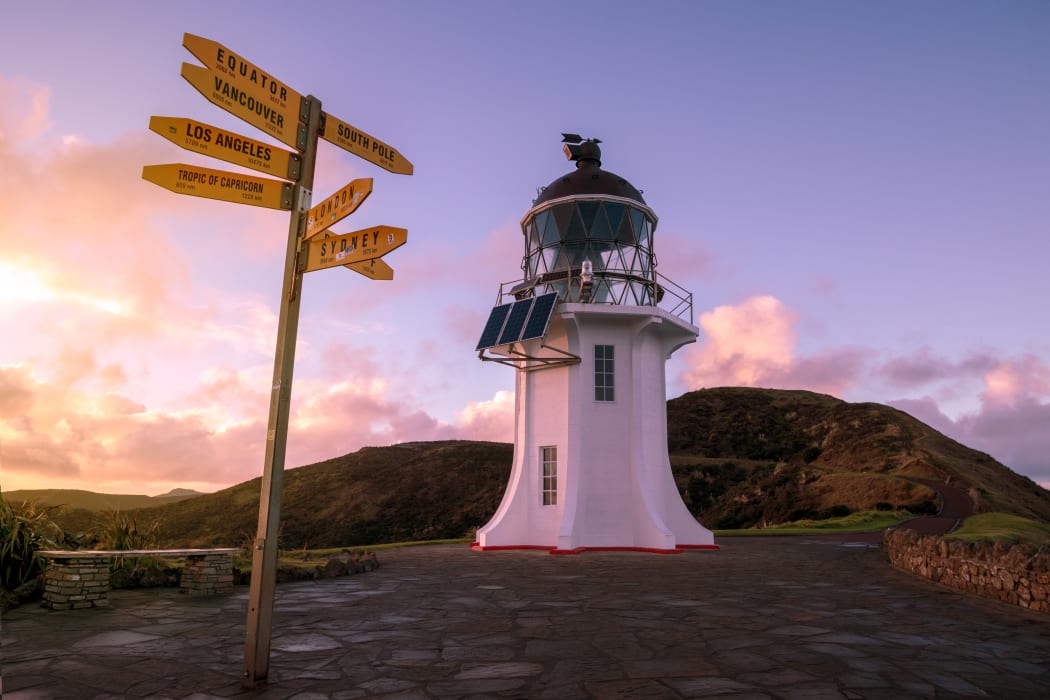
Northlanders' rates will pay $3,019,139 in remuneration for local body politicians elected to office just over a month ago. Photo: 123RF
Their rates will pay $3,019,139 in remuneration for local body politicians elected to office just over a month ago. The 42 politicians comprise three mayors, a chair and 38 councillors elected on 12 October to make local government flourish in the North.
That's $251,594 a month (or $58,060 a week) for the 2019/2020 financial year to helm council democracy from Cape Reinga to near Te Hana on State Highway just north of Wellsford - an area of almost 180,000 people across 12,500 square kilometres.
Whangarei District Council (WDC) tops the billing with $971,063 in politicians' remuneration, Far North District Council (FNDC) is next with $862,201, Northland Regional Council (NRC) is third with $707,451 and Kaipara District Council (KDC) fourth with $478,424.
John Carter, Far North District Council mayor and Northland member on the national Local Government New Zealand Council, said $3m was a realistic figure given the size of Northland's local government budget.
"A huge amount of effort is put in by elected representatives and they need to be recognised for that," Mr Carter said.
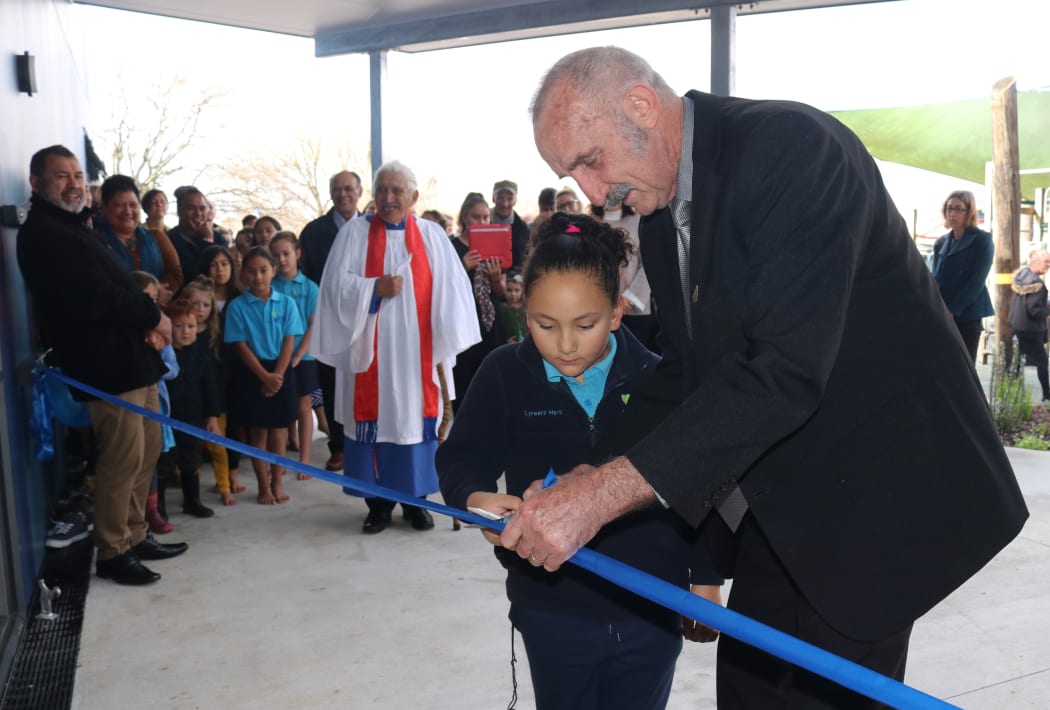
Far North District Council mayor John Carter. Photo: Northern Advocate / Peter de Graaf
More than half a million dollars of the money Northlanders stump up - $556,500 - will go to the region's four council leaders' remuneration.
WDC mayor Sheryl Mai tops this with $156,000, FNDC mayor John Carter receives just less than that with $155,000, NRC chair Penny Smart $126,500 and KDC Mayor Jason Smith $119,000.
Meanwhile, Northlanders will also put up $2,462,639 across the region for the remaining 38 councillors' remuneration. Whangarei District Council's 13 councillors will get $815,063, FNDC's nine councillors $707,201, NRC's eight councillors $580,951 and KDC's eight councillors $359,424. The 17 members of FNDC's three community boards will receive a further $153,854.
Elected representatives' remuneration is set by the government's remuneration authority, which requires all its remuneration allocations to be paid out to elected representatives.
Ms Mai said remuneration setting was based on the authority's extensive knowledge of this area from throughout New Zealand.
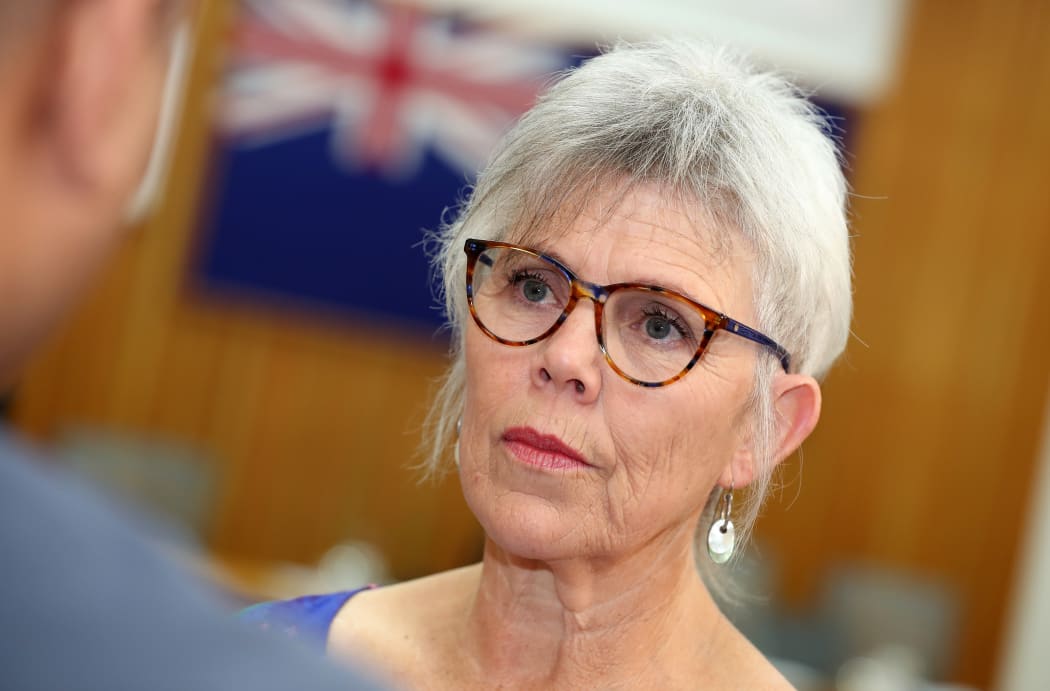
Whangarei District Council mayor Sheryl Mai Photo: Northern Advocate / Michael Cunningham
Northlanders have entrusted councillors with governing the management of millions of dollars of public money. Northland's four councils (three territorial authorities and a regional council) are spending $566,632,000 this 2019/2020 financial year - WDC $230,895,000; FNDC $189,700,000; KDC $79,839,000 and NRC $66,198,000.
Capital expenditure amounts to about 34 percent of that FNDC spending, about 40 percent of KDC's spend, about 36 percent of WDC's spend and about 25 percent of NRC's spending.
About 1000 people work across Northland's four councils - the organisations' combined 2019/2020 $367,485,000 operational spending split between WDC $147,561,000; FNDC $126,000,000, KDC $44,470,000, and NRC $49,454,000.
Provincial Growth Fund money is being used as part of KDC's spending this financial year. It's contributing $8,207,000 to KDC's budget - $3,337,000 on operational spending and $4,870,000 on capital spending.
The PGF-sourced operational spending will be split with $980,000 for feasibility work around a Kaipara Kai district mapping of where future new crops might grow as climate change's impacts build, $950,000 on feasibility work for developing and strengthening the Northern Wairoa wharves' network and upgrading, with Te Roroa, the Waipoua settlement road.
PGF-sourced capital spending includes $1,640,000 spent on developing Dargaville's Kaipara Harbour pontoon and $3,230,000 on roading work on eight of the district's 370 bridges to bring them up to standard for the trucking industry's heavier, bigger trucks.
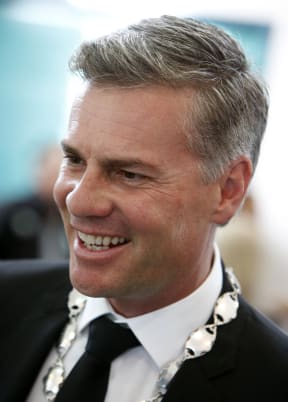
Dr Jason Smith. Photo: Northern Advocate / Michael Cunningham
Dr Jason Smith, KDC mayor and Northland Mayoral Forum chair, said the opportunity for local democratic elections was important for regional success. This opportunity had not always been the case for KDC.
KDC not long ago went without democratically elected representation for four years while commissioners were put in place (from 2012 to 2016), to sort out the council's financial situation after massive cost blowouts from the Mangawhai sewerage scheme.
This was New Zealand's longest local government commissioner tenure; the commissioners' brief to focus on council debt reduction rather than more general local governance roles.
Dr Smith said not having local elected representation was a dark time for KDC.
Northland's local government governance was now in good health.
"We're now coming back to transmission-as-normal for local government in Northland," Dr Smith said.
Much had remained undone over that time as a result. The implications of this time were still being felt in Northland's local government today.
Dr Smith said the strength of Northland's local government representation had helped Kaipara during this time and was still doing so today.
KDC's first post-commissioners' election was in 2016, its second in October this year.
Dr Carter said Northland had strong, cohesive local government.
"We (Northland local government elected representatives) now have a team of people who can work together constructively. This is vital for Northland," Dr Carter said.
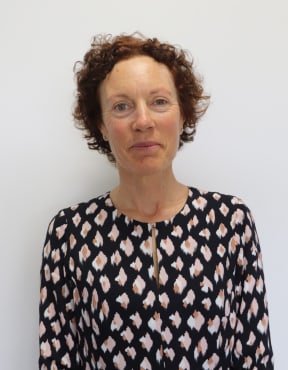
Penny Smart. Photo: LDR
Ms Smart said councils in the region were working collaboratively, with frequent catchups between mayors and chair.
The more than $300 million Provincial Growth Fund money which had come to Northland was an indicator of the success of this way of doing things.
"We wouldn't have got that without our collaborative approach," Ms Smart said.
Ms Mai described the joint approach as beneficial.
"We work together for the common goal of a prosperous, thriving and vibrant region," Ms Mai said.
Ms Smart said one way Northlanders could check out elected representatives' performance was to look at how forecast achievements were tracking against key performance indicators (or equivalent), outlined in organisations' long term plans. This progress was monitored throughout the financial year.
"(In NRC's case) positive things that are happening with our Northland environment are evidence councillors are working properly at a governance level," Ms Smart said.
Governance and representation were the key components of elected representatives' work.
All Northland mayors and chairs said it was important for Northlanders to play their part in participating in local government.
Northland's four councils are among New Zealand's 78 local authorities - 11 regional councils and 67 territorial authorities.
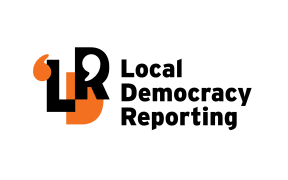
Local Democracy Reporting is a public interest news service supported by RNZ, the Newspaper Publishers' Association and NZ On Air.

